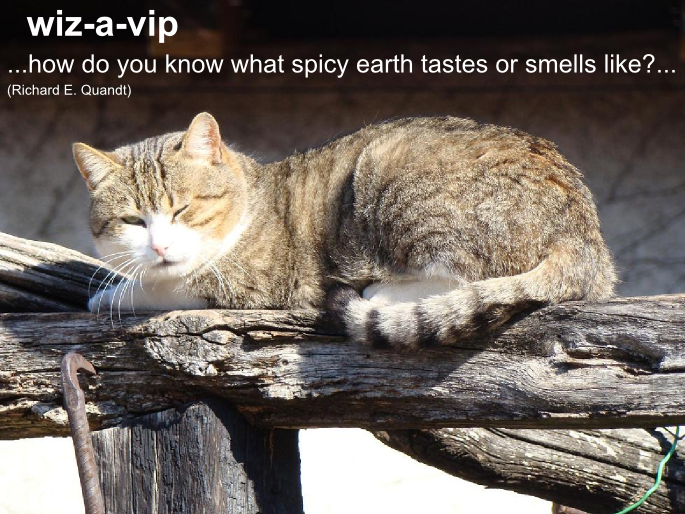I waited a few days to let my impressions of first Slovenian orange wine festival in Izola settle down. It was a event which surpassed many expectations. From the organization side as from visitors and of participants-winemakers side.
About 40 winemakers mostly from Slovenia, some from neighbouring areas of Italy and Croatia took part. The Manzioli palace was just right size for this event and the combination of spatial connection between opening ceremony in nearby church, exhibition place in the Manzioli palace and event place in between was delightful. I hope for second festival next year. Same place.
I expected a bit more debate about orange wine, but it was OK so for the first time.
Just recently major Slovenian wine festival in Ljubljana, which is going on in November offered to organize first Slovenian orange wine assessment. I can't avoid funny feeling about whole story around orange wine. Last November they hardly let a group of natural winemakers to explain about their method of work. With increasing popularity of orange wine everybody wants to hop on this train. Some winemakers in Vipava valley, Brda, Kras are making this kind of wine for many years, they were considered more or les natural wines.
But what is orange wine anyway? The mostly quoted explanation is the expression came from English language, it is white wine produced with same method as reds are, longer skin contact, even during fermentation. It is also strongly related to natural wine production. This is where this color comes from originally.
Orange wine is the most allusive term in describing wine comparing to white and red which describe only color, nothing else and rose wine, where production method is the key. As far as I know orange wine is not official expression, not yet. I doubt it makes sense to describe wine with this term or one should make some rules what exactly orange wine is. Pretty soon. Which nuance is the border between white and orange? Should there be certain method of orange wine production? How long should skin contact last to produce orange wine?
Since visiting natural wine fairs in Villa Favorita, Villa Boschi, and Cerea nobody was talking about orange wines. Natural and organic wines only. Of course there is always whole range of wines to taste; white, red, rose, sparkling.
Should I expect to see orange section in one of natural wine fairs next year?
People tend to throw similar things to the same basket, without deeper knowledge, it is understandable.
If this is only (miss)used term for marketing it can make more harm on long run as benefit to honestly working winemakers.


















